ABSTRACT
The corpus of legends that in early-modern England developed around the figure of the medieval philosopher Roger Bacon circulated widely in the early nineteenth century, as testified by their reprints in a number of chapbooks and by multiple references in the works of Southey, Byron, Godwin, and Mary Shelley. This essay focuses on the most famous of these legends – Bacon’s creation of a Brazen Head gifted with oracular powers – and maps its occurrences within Romantic-period culture, relating it to the eighteenth-century craze for automata and to the lingering lure of magical-alchemical modes of enquiry that accompanied the development of new scientific paradigms. The textual history of Mary Shelley’s Frankenstein shows that references to the figure of Roger Bacon were removed from the first draft, while the concern with magical lore resurfaced in the novel’s adaptation for the stage and in Shelley’s later short story The Mortal Immortal, both featuring elements of the Brazen Head tale. Combined with the critical revival of the legend in the last work published by William Godwin, Lives of the Necromancers, Mary Shelley’s oblique references to Roger Bacon raise the issue of the intersections between popular culture and the public discourse on science that was being shaped in the Romantic period.
Keywords: Mary Shelley; Frankenstein; Roger Bacon; Brazen Head; The Mortal Immortal
All’inizio del diciannovesimo secolo, il corpus di leggende sviluppatesi nell’Inghilterra della prima modernità attorno alla figura del filosofo medievale Roger Bacon godeva ancora di un’ampia circolazione, di cui si ha testimonianza attraverso pubblicazioni dell’editoria popolare (i cosiddetti chapbooks), ma anche attraverso specifici riferimenti nelle opere di Southey, Byron, Godwin e Mary Shelley. Questo saggio prende in esame la più nota di tali leggende – la creazione da parte di Bacon di una testa di bronzo dai poteri oracolari – e ne mappa le occorrenze all’interno della cultura del periodo romantico, mettendola in relazione alla moda settecentesca degli automi meccanici e al perdurante fascino dei modelli di investigazione magico-alchemica che accompagnò l’evoluzione di nuovi paradigmi scientifici. La storia testuale di Frankenstein mostra come i riferimenti alla figura di Roger Bacon presenti nella prima stesura vennero espunti nell’approntare il romanzo per la stampa, mentre il coté magico ad essi collegato riemerse nel suo adattamento per il teatro e nel più tardo racconto breve The Mortal Immortal, entrambi caratterizzati dalla presenza di elementi riconducibili alla storia della testa di bronzo baconiana. Uniti alla ripresa critica della leggenda nell’ultima opera pubblicata da William Godwin, Lives of the Necromancers, gli obliqui riferimenti di Mary Shelley alla figura di Roger Bacon invitano a considerare le intersezioni fra la cultura popolare e il discorso pubblico sulla scienza che stava prendendo forma in età romantica.
Parole chiave: Mary Shelley; Frankenstein; Roger Bacon; Testa di Bronzo; The Mortal Immortal
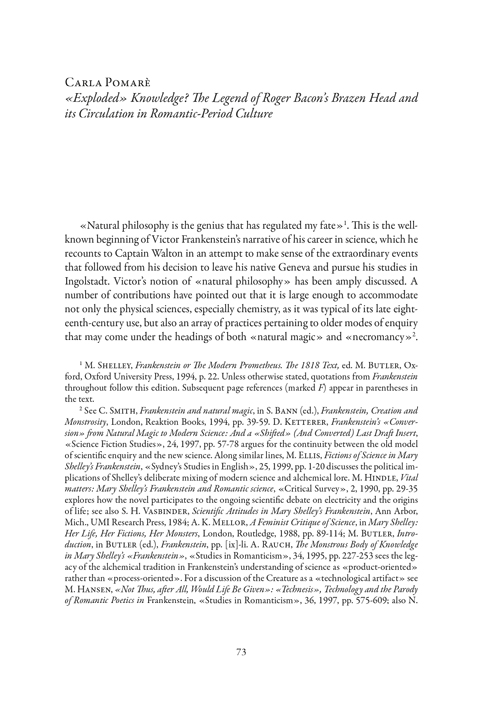





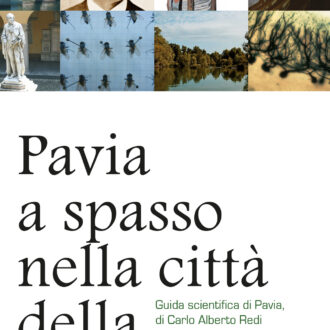
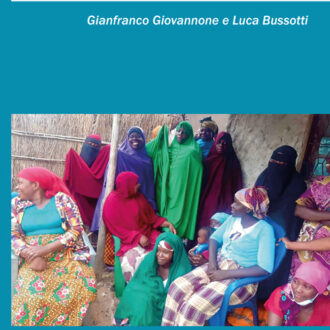

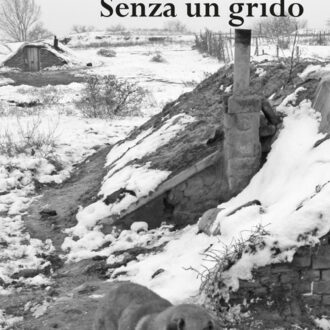
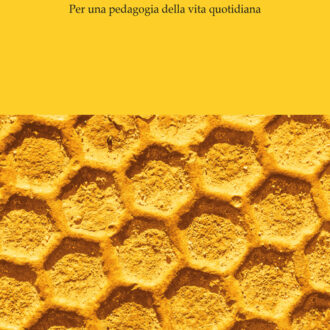

Recensioni
Ancora non ci sono recensioni.